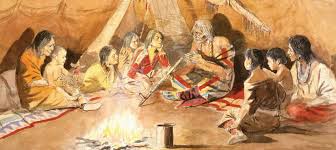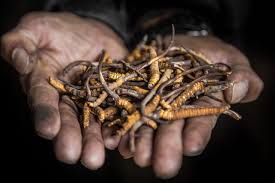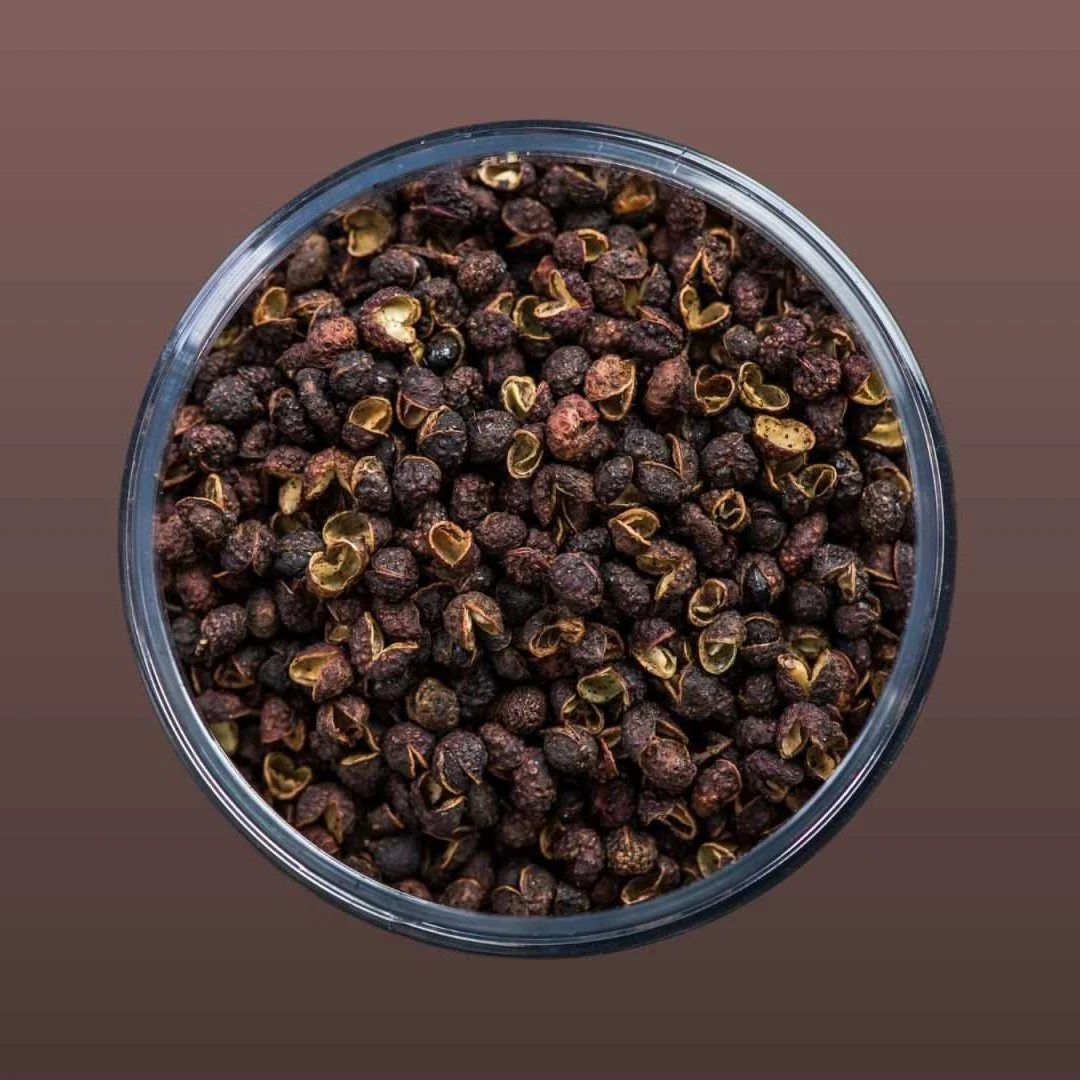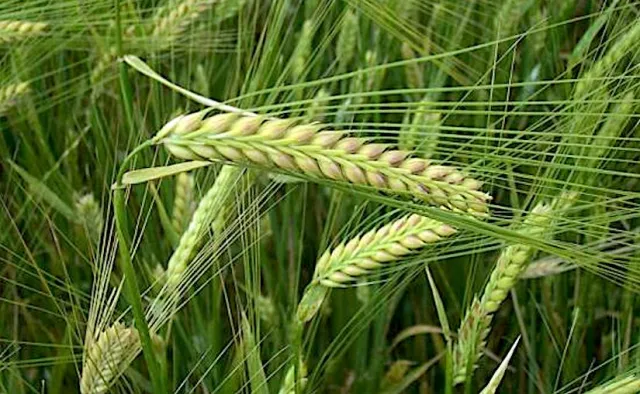Share this Article
High up in the pristine alpine meadows of the Himalayas, a unique and extraordinary organism has been captivating locals, traditional healers, scientists, and global markets for centuries. Known as Yarsagumba in Nepali and Tibetan, and scientifically classified as Cordyceps sinensis, this fungus-insect complex is often dubbed “Himalayan Gold” because of its unparalleled medicinal value and the extraordinary wealth it generates in rural mountain communities.
Yarsagumba is not merely a biological curiosity; it is deeply woven into the cultural fabric, economy, and traditional healthcare systems of Nepal. It embodies the remarkable intersection of nature’s complexity, human survival, and spiritual beliefs at the roof of the world. This article explores every facet of Yarsagumba—from its fascinating life cycle and habitat to its cultural importance, economic impact, conservation challenges, and promising future in sustainable medicine.
1. What is Yarsagumba?
The Biology of Cordyceps sinensis
Yarsagumba is a parasitic fungus that infects and ultimately kills the larvae of ghost moths (family Hepialidae), specifically the caterpillars of Thitarodes species native to Himalayan alpine zones. The name Cordyceps sinensis comes from Greek and Latin roots—kordyle meaning club, and ceps meaning head, describing the fungus’s club-shaped fruiting body.
The lifecycle of this remarkable organism begins underground, where fungal spores germinate inside a live caterpillar burrowed in the soil. The fungus infiltrates the host’s body, gradually consuming its internal tissues, eventually killing it. In the spring and early summer, the fungus sprouts a slender, elongated fruiting body, breaking through the surface of the soil. This stalk, resembling a small mushroom, is the part harvested and prized as Yarsagumba.
Unique Parasitism and Adaptation
What makes Yarsagumba so unique is this dual nature—it is both an insect and a fungus. The caterpillar larva, buried in the cold Himalayan soil, is infected and mummified from within, with the fungus taking over its body and metabolism. This symbiotic parasitism is one of nature’s wonders, showcasing adaptation in extreme high-altitude environments where few species can survive.
2. Habitat and Geographic Distribution
The Himalayan Alpine Zone
Yarsagumba is found exclusively in the high-altitude Himalayan regions of Nepal, Tibet, Bhutan, India, and China, at elevations between approximately 3,000 to 5,000 meters above sea level. Nepal, with its vast and diverse mountain ranges, offers some of the richest and most productive habitats for Yarsagumba.
The fungus thrives in alpine meadows and pastures where the soil is moist, well-drained, and covered with rich organic material. The environment is cold, with long winters and brief summers. These extreme conditions are essential for the lifecycle of both the ghost moth larvae and the fungus.
Regions of Abundance in Nepal
In Nepal, Yarsagumba is primarily found in the districts of Mustang, Dolpa, Manang, Mugu, Jumla, Humla, and other remote mountain regions. Each year, during the spring thaw—roughly between late April and early June—these regions become the center of intense harvesting activity, transforming the rural economy.
3. Traditional and Cultural Significance
Yarsagumba in Local Beliefs and Practices
For centuries, Yarsagumba has been revered in Himalayan cultures as a potent healing substance, often associated with longevity, virility, and spiritual power. In the traditional medical systems of Nepal and Tibet—Ayurveda and Tibetan medicine—it is considered a “tonic of life,” capable of restoring vitality and balance to the body.
The word Yarsagumba combines the Tibetan words “yar” meaning summer and “sa” meaning grass, reflecting the season and appearance of the fungus as it emerges from the earth. It is sometimes called “winter worm, summer grass” in English, a poetic nod to its life cycle.
Spiritual Symbolism
Many local communities regard Yarsagumba as a gift from the mountains, a natural treasure bestowed by mountain deities and spirits. Shamans and spiritual healers use it in rituals to bless health, fertility, and protection against evil forces.
In some villages, the collection of Yarsagumba is accompanied by prayers, offerings, and strict ethical codes to honor the environment and ensure sustainable harvesting practices, though these traditions face pressure from modern economic demands.
4. Medicinal and Economic Value
Traditional Uses and Beliefs
Yarsagumba has long been used as a medicinal herb for various ailments including:
-
Boosting energy and stamina
-
Enhancing sexual function and fertility
-
Improving respiratory health (especially for asthma and bronchitis)
-
Supporting kidney and liver function
-
Strengthening the immune system
-
Combating fatigue and aging
Traditional healers prepare Yarsagumba as powders, decoctions, tinctures, or added to soups and broths.
Modern Scientific Research
Recent studies have investigated Yarsagumba’s biochemical properties and therapeutic potential. It contains bioactive compounds such as cordycepin, adenosine, polysaccharides, and sterols, which demonstrate:
-
Anti-inflammatory effects
-
Antioxidant properties
-
Immunomodulation
-
Anti-tumor activity
-
Anti-microbial effects
Though more rigorous clinical trials are needed, the growing scientific interest has fueled the global demand for Yarsagumba.
The Global Market
Yarsagumba is considered one of the most expensive natural medicines in the world. Its price can exceed thousands of dollars per kilogram depending on quality and purity. International demand, especially from Chinese and other East Asian markets, drives a lucrative export business.
This “Himalayan Gold” has become a vital economic resource for remote Nepalese communities, generating millions in revenue annually.
5. The Harvesting Process
The Yarsagumba Season
The harvesting season is brief, generally lasting 6-8 weeks from late April to June, depending on altitude and weather. As the snow melts and the soil warms, Yarsagumba’s fruiting bodies begin to emerge, attracting thousands of harvesters to the high pastures.
Harvesting Techniques
Harvesters, often local farmers, herders, and seasonal workers, scour the alpine meadows on their hands and knees searching for the tiny protruding stalks. Harvesting is labor-intensive and physically demanding due to the high altitude and rugged terrain.
The fungus is carefully extracted along with the mummified larva below the surface, then cleaned and dried for sale. Timing is critical—early harvest yields the best quality, while later collection risks contamination or overripe specimens.
Community and Gender Roles
In many communities, entire families, including women and children, participate in the harvest. For some households, Yarsagumba income can cover annual expenses, school fees, and medical care.
6. Economic Impact on Nepal’s Communities
Source of Livelihood
In some remote Himalayan districts, Yarsagumba harvesting has become the single most important source of cash income. It supports thousands of families who would otherwise have few economic opportunities.
The income earned from Yarsagumba allows villagers to afford education, healthcare, improved housing, and other essentials, helping to reduce poverty and migration.
Local Markets and Trade Routes
After collection, Yarsagumba passes through local markets before reaching national and international buyers. Towns like Jomsom, Humla bazaar, and Kathmandu serve as key trading hubs.
Traders and middlemen buy from collectors and sell to exporters, often linked to Chinese importers, creating a complex network of trade that sustains the region’s economy.
7. Conservation Challenges and Efforts
Environmental Concerns
Overharvesting and unregulated collection pose severe risks to Yarsagumba populations and the fragile alpine ecosystems where they grow. Habitat degradation, trampling, and climate change also threaten sustainability.
Reports indicate some areas have seen dramatic declines in Yarsagumba density, endangering the natural resource and dependent communities.
Government and NGO Initiatives
The Government of Nepal has recognized Yarsagumba’s ecological and economic importance and has enacted laws regulating harvesting permits and quotas. Additionally, NGOs and research institutions like ICIMOD (International Centre for Integrated Mountain Development) are working to:
-
Educate harvesters on sustainable collection
-
Promote community-based resource management
-
Conduct ecological studies and monitoring
-
Explore cultivation and propagation techniques
Ethical and Social Dimensions
Ensuring fair pricing, preventing exploitation by middlemen, and protecting women harvesters’ rights are also important challenges. Programs promoting cooperative models help empower local communities.
8. Future Prospects
Cultivation Research
Given Yarsagumba’s high market value and overharvesting concerns, scientists and entrepreneurs are exploring methods to cultivate Cordyceps sinensis artificially. While some progress has been made, replicating the complex lifecycle involving insect larvae is difficult.
Cultivation could potentially reduce wild harvesting pressure and provide year-round income, but maintaining quality and authenticity is crucial.
Sustainable Harvesting Models
Developing sustainable harvesting protocols, community forestry programs, and alternative income sources are vital to preserving Yarsagumba and its ecosystems.
Education and awareness programs aimed at youth and policymakers can foster stewardship and long-term conservation.
Nepal’s Role in the Global Market
As demand grows internationally, Nepal has an opportunity to become a leader in sustainable, organic Yarsagumba production and export. Leveraging traditional knowledge combined with scientific innovation can enhance Nepal’s position in natural medicine markets.
Yarsagumba, the extraordinary "winter worm, summer grass," is more than just a rare fungus; it is a living symbol of Nepal’s unique biodiversity, cultural heritage, and mountain livelihoods. It embodies the complex harmony between nature, traditional wisdom, and modern economic realities.
From the cold alpine meadows where the ghost moth larva lies mummified beneath the earth, to bustling marketplaces in Kathmandu and the global corridors of alternative medicine, Yarsagumba connects generations and continents alike.
Balancing the incredible economic benefits with urgent conservation needs requires cooperation among harvesters, communities, scientists, and governments. With sustainable stewardship and respect for this golden treasure of the Himalayas, Yarsagumba can continue to thrive—bringing health, wealth, and hope to Nepal’s mountain people for generations to come.
Categories:
Medicinal Plants of Nepal
Tags:
traditional food
,
tradition
,
nepal wildlife
,
biodiversity conservation
,
Conservation Efforts
,
Ayurveda
,
herbs







